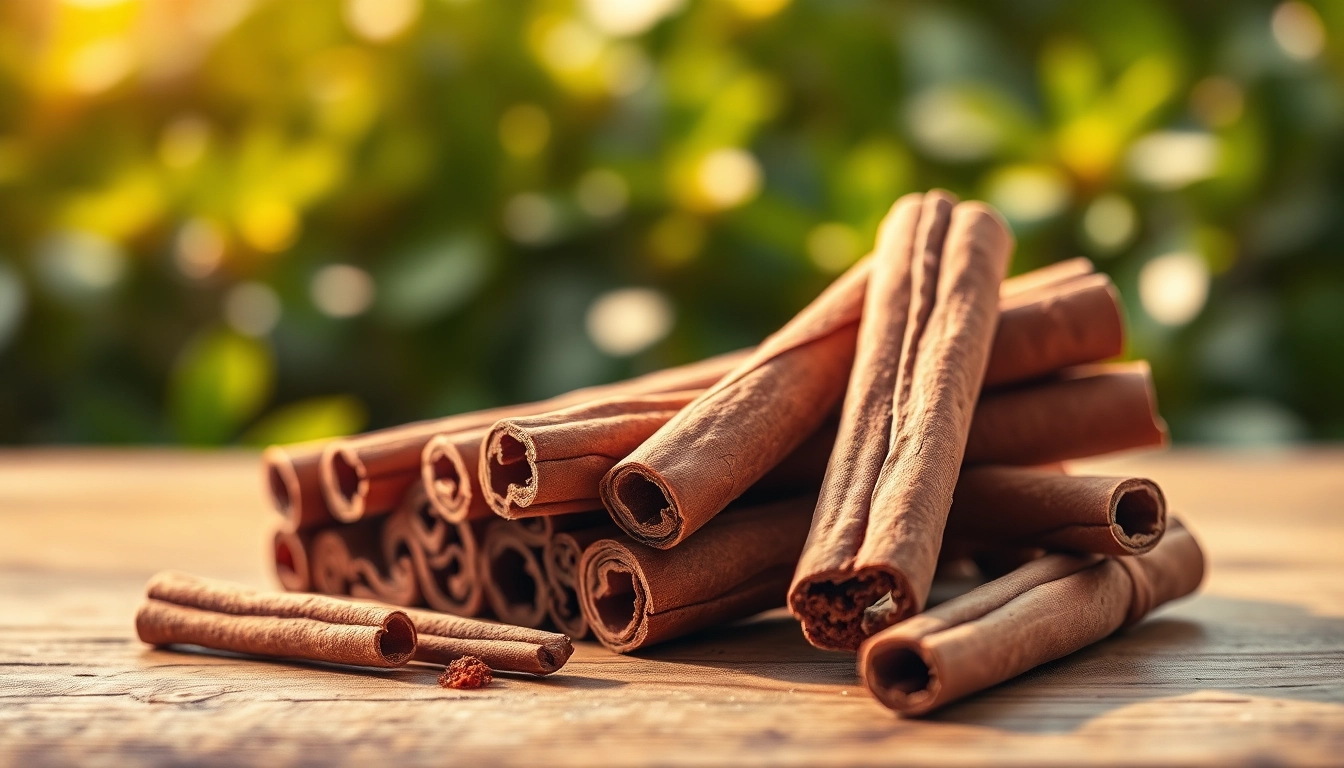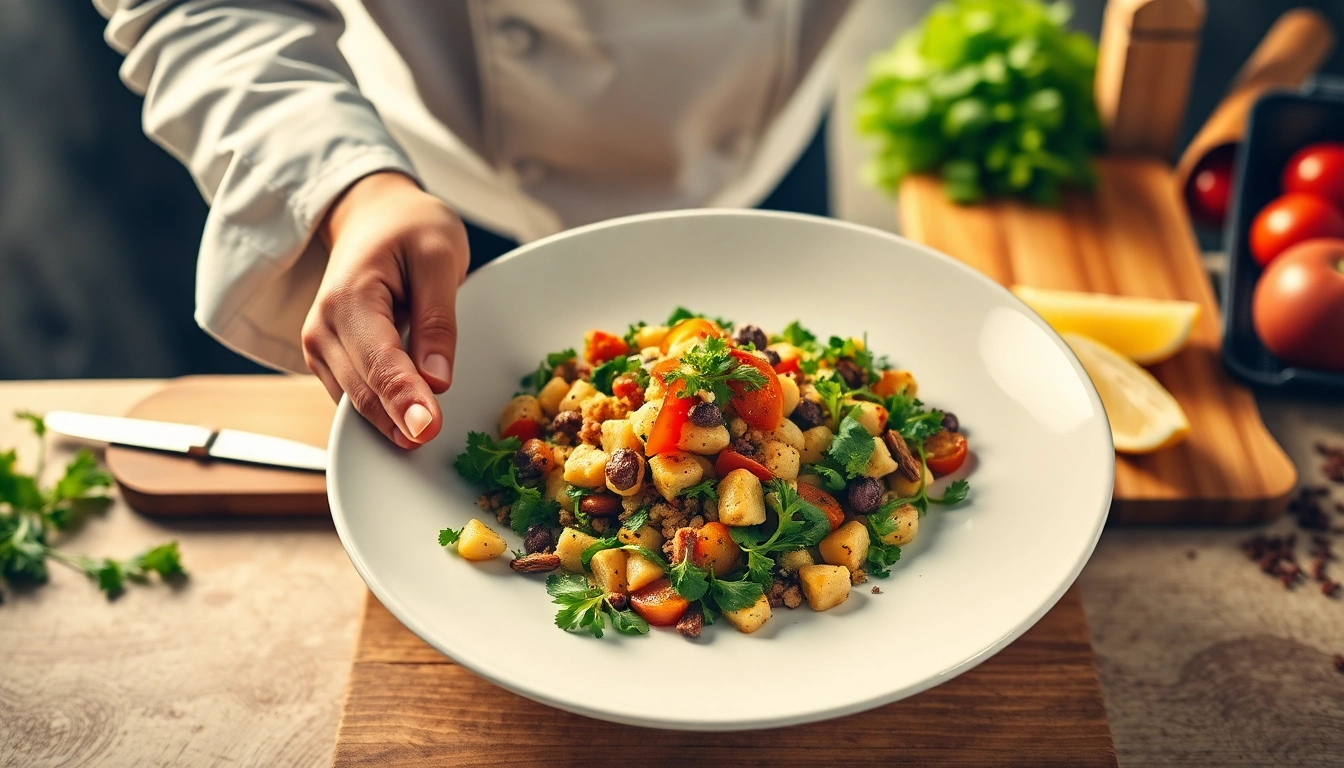Understanding Cinnamon Bark
What is Cinnamon Bark?
Cinnamon bark comes from the inner layer of the stems and branches of trees belonging to the genus Cinnamomum. This aromatic spice has been cherished for centuries, not only for its delightful flavor but also for its numerous health benefits. The bark is harvested by cutting the tree branches and scraping their inner bark, which is then dried into rolls that we commonly know as cinnamon sticks. Ground cinnamon, often found in homes worldwide, is made from these dried sticks. Cinnamon’s use spans various cultures, serving both culinary and medicinal purposes.
Among the various types of cinnamon, Cinnamon Bark from the Cinnamomum verum species, commonly referred to as Ceylon cinnamon, is considered “true cinnamon” as opposed to the more widely available Cassia cinnamon, which is derived from Cinnamomum cassia.
Types of Cinnamon Bark: Ceylon vs. Cassia
When discussing cinnamon bark, it is essential to distinguish between the two main types: Ceylon and Cassia. Ceylon cinnamon is lighter in color and has a more delicate flavor with a slightly sweet aroma. This variety is considered safer for consumption in large quantities due to its lower coumarin content, a compound that can be harmful in excess. On the other hand, Cassia cinnamon is darker, has a more robust flavor, and is the most common type found in the United States. However, it contains higher levels of coumarin, which can pose risks to liver health if consumed in large amounts over time.
Distinct Characteristics of Cinnamon Bark
Cinnamon bark displays a rich tapestry of physical and aromatic characteristics. Ceylon cinnamon is composed of tightly rolled soft layers that break easily, while Cassia cinnamon has thicker, harder quills. In terms of taste, Ceylon is known for its subtle sweetness with hints of citrus, whereas Cassia is spicier and more pungent. Aromatically, both types present warm, woodsy notes, but the nuances in flavor significantly impact their culinary applications.
Culinary Applications of Cinnamon Bark
Incorporating Cinnamon Bark in Cooking
Cinnamon bark is incredibly versatile in culinary settings, enhancing both sweet and savory dishes. It can be infused into various recipes by using whole sticks or as ground powder. For those exploring its use in Indian cuisine, a few cinnamon sticks are often added to biryani or lentil dishes to impart warmth and fragrance. Furthermore, cinnamon bark can be steeped in tea to enrich the beverage with its distinctive flavor profile. In sweets, such as cakes or pastries, cinnamon bark serves as an essential ingredient, adding depth and warmth.
Cinnamon Bark in Traditional Dishes
Across the globe, cinnamon has cemented its place in traditional dishes. In Middle Eastern cooking, it is often featured in spiced rice dishes, stews, and even some savory meat preparations. In Europe, particularly in Scandinavian countries, cinnamon is a staple in baked goods such as cinnamon rolls and pastries. Its ability to complement fruit flavors makes it a natural partner to apples and pears, often found in pies and strudels. Moreover, adding cinnamon to curries or tagines highlights the spice’s warm, complex flavor.
Innovative Recipes Featuring Cinnamon Bark
For those looking to experiment, innovative uses of cinnamon bark can lead to exciting culinary results. For instance, a cinnamon-infused syrup can be crafted by boiling the bark in water and sugar, creating a unique addition to cocktails or desserts. Another idea is to prepare a cinnamon bark brine for meats, enhancing chicken or pork with aromatic notes. Finally, consider incorporating it into homemade chai, where the cinnamon melds beautifully with spices like cardamom, ginger, and cloves, creating a comforting beverage.
Health Benefits of Cinnamon Bark
Antioxidant Properties of Cinnamon Bark
Cinnamon bark is renowned for its rich antioxidant content, primarily polyphenols. These compounds play a crucial role in combating oxidative stress, which can lead to chronic diseases. Research has indicated that the potent antioxidants found in cinnamon can help neutralize free radicals in the body, thereby reducing cellular damage. Incorporating cinnamon into your daily diet could contribute to better health outcomes, particularly related to heart health and drug resistance.
Digestive Benefits of Cinnamon Bark
Cinnamon bark has long been used in natural medicine to support digestive health. Its carminative properties can help alleviate gastrointestinal discomfort, including gas, bloating, and indigestion. Studies suggest that cinnamon can enhance the secretion of digestive enzymes, leading to improved digestion and nutrient absorption. For those who experience sensitive digestive systems, infusing hot water with cinnamon bark can provide soothing relief and encourage regularity.
Cinnamon Bark and Blood Sugar Regulation
One of the most significant health benefits attributed to cinnamon bark is its potential for regulating blood sugar levels. Several studies have demonstrated that cinnamon can improve insulin sensitivity and decrease blood sugar levels in individuals with type 2 diabetes. By incorporating cinnamon into meals, individuals may experience more stable blood sugar responses post-meal, making it an excellent choice for those managing diabetes or looking to prevent its onset.
Cinnamon Bark and Natural Remedies
Using Cinnamon Bark for Common Health Issues
Beyond its culinary uses, cinnamon bark is often utilized in traditional natural remedies for various health issues. It has been suggested that cinnamon may assist with menstrual pain, as it possesses anti-inflammatory properties that can alleviate discomfort. Additionally, its antimicrobial properties make it valuable in treating minor infections and promoting oral health by fighting bacteria that cause plaque and bad breath.
Cinnamon Bark Supplements and Extracts
For those who prefer to consume cinnamon in concentrated forms, supplements and extracts are widely available. These products often contain cinnamon oil or standardized extracts that provide a potent dose of the active compounds found in the bark. As with any supplement, it is essential to consult with healthcare professionals to ensure the correct dosages and to evaluate potential interactions with medications.
Potential Side Effects of Cinnamon Bark
While cinnamon bark offers many health benefits, it is crucial to be aware of potential side effects, particularly when consumed in large quantities. The high coumarin content of Cassia cinnamon can pose risks such as liver damage or increased bleeding risk. Therefore, moderation is key, and opting for Ceylon cinnamon when possible can reduce these risks due to its lower coumarin levels. Individuals should also be aware of allergic reactions or sensitivities, which could lead to irritation or respiratory issues.
Buying and Storing Cinnamon Bark
Choosing Quality Cinnamon Bark
When purchasing cinnamon bark, it is essential to select high-quality products to maximize health benefits and flavor. Look for Ceylon cinnamon when possible, as it is considered “true cinnamon” and is generally safer. Ensure that the cinnamon is sold by reputable vendors and is available in whole quills or high-quality ground form. The aroma of fresh cinnamon should be intense; if it smells weak or stale, it may have lost its potency.
Proper Storage Techniques for Cinnamon Bark
To maintain the quality and longevity of cinnamon bark, proper storage techniques are necessary. Keep it in a dark, cool, and dry place, such as a pantry or spice cabinet, away from direct sunlight and heat sources. Whole cinnamon sticks can last up to 2-3 years while ground cinnamon may have a shorter shelf life. Using airtight containers with a secure seal can further protect against moisture and odors.
Shelf Life of Cinnamon Bark and Related Products
The shelf life of cinnamon bark varies between the whole sticks and ground versions. Whole cinnamon sticks can last for several years if stored properly, while ground cinnamon typically retains its flavor and potency for up to six months to a year. Always check the expiration dates on packaged products and adhere to proper storage recommendations to ensure you are using the most effective and flavorful cinnamon bark in your culinary adventures.



